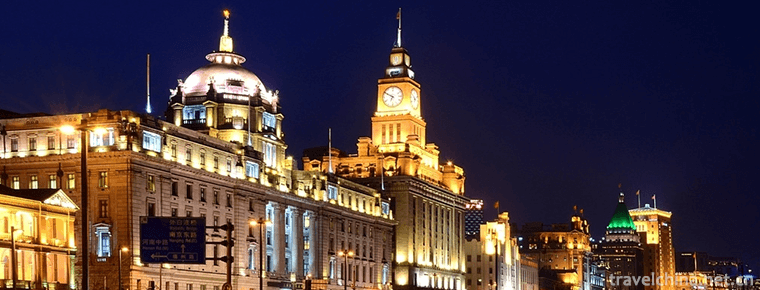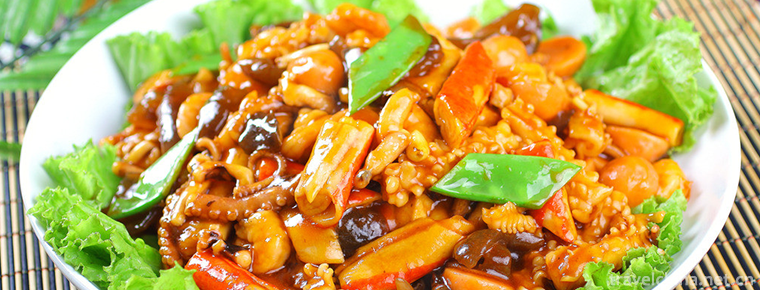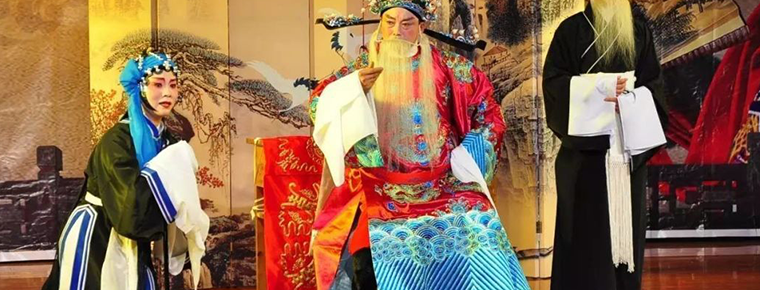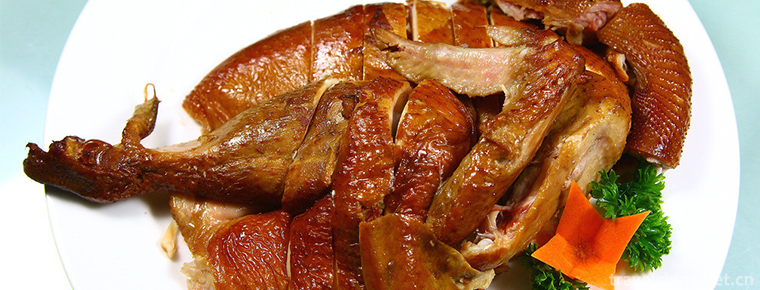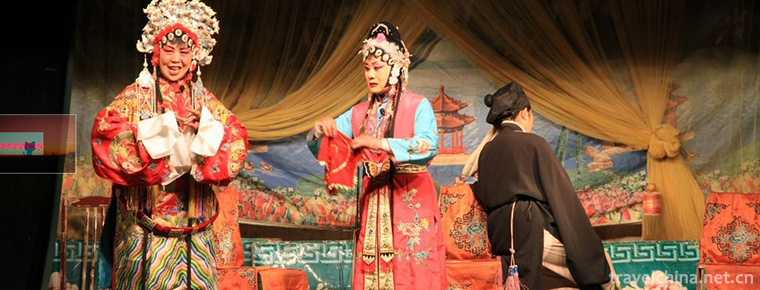Chengdu Panda Base
Chengdu Giant Panda Breeding Research Base is one of the main research bases for the Chinese government to carry out ex-situ conservation projects for endangered wildlife such as giant pandas, and is a national AAAA tourist attraction.
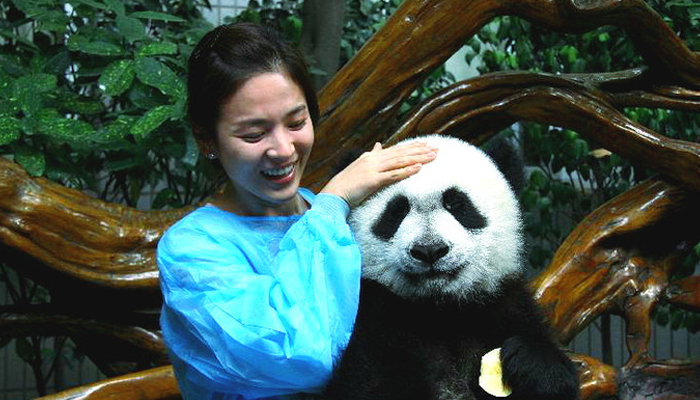
It is a well-known research institution for the protection of rare and endangered wild animals, such as giant panda, which integrates scientific research and breeding, conservation education, education and tourism, and the construction of panda culture.
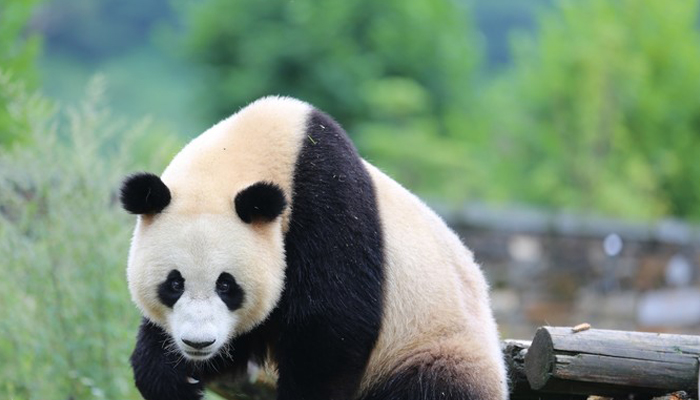
The first batch of national
primary and secondary students research and practice education base.
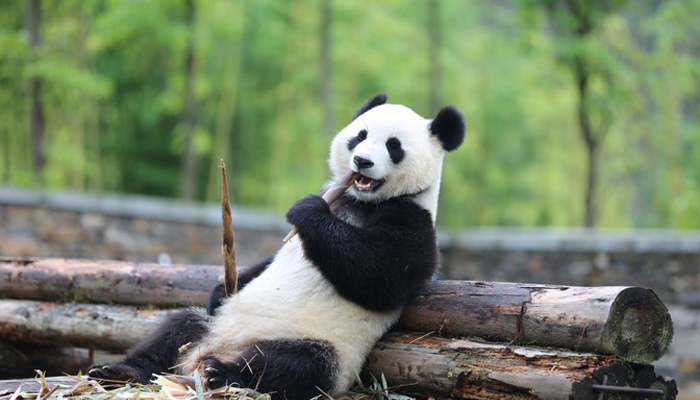
Chengdu giant panda breeding research base is the breeding, treatment and breeding of giant pandas in Chengdu zoo.

Built on the basis of. In the 1980s, the cold arrowhead bamboo of the Qionglai Mountains blossomed and died. Some giant pandas were rescued and concentrated in the Chengdu Zoo for starvation.

In 1987, in order to strengthen the rescue and management of sick and hungry giant pandas, separate the functions of panda education and display from those of rescue and research, strengthen the scientific research of giant pandas and improve the breeding level of giant pandas, the Chengdu Municipal People's Government decided to establish a breeding and research base for giant pandas in Chengdu, and implemented a team with Chengdu Zoo, two pieces. Brand.

After 1990, the Chengdu base and the Chengdu zoo were divided into two independent entities.
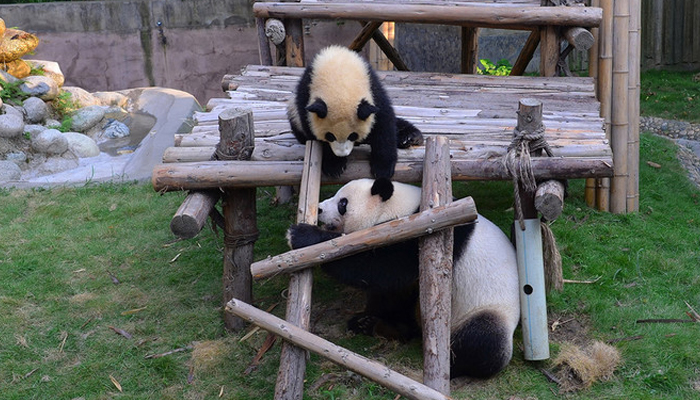
In 1992, the giant panda museum was open to tourists.

In 1997, the Chengdu Giant Panda Breeding Research Base jointly funded more than 15 million yuan by the State Planning Commission, the Chengdu Planning Commission and the Chengdu Giant Panda Breeding Research Foundation to establish the first open laboratory in China to carry out research on endangered species with Chinese characteristics.
In 2000, the National Wildlife Conservation System took the lead in carrying out public protection education and established the Ministry of Popular Science Education.
In 2001, the Open Laboratory was named "Sichuan Key Laboratory of Reproduction and Conservation of Endangered Animals" by Sichuan Science and Technology Department. In the same year, Chengdu base cooperated with Sichuan University to carry out research and experiments.
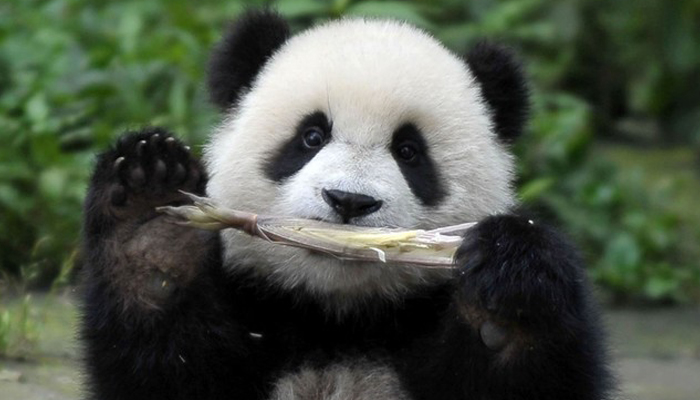
In 2003, the Base was awarded the "Advanced Unit for Talent Development in Sichuan Province" by the Sichuan Provincial Party Committee and the provincial government, and the "National Post-doctoral Research Workstation" awarded by the Ministry of Personnel.
In 2006, it was officially awarded the "national AAAA" scenic spot by the National Tourism Administration.

In 2007, the laboratory was officially approved by the Ministry of Science and Technology as "endangered Wildlife Biology - provincial and ministerial co-construction of national key laboratory". At the same time, modern panda museums, animal specimens and gene pools of endangered animals have been established in Chengdu base and Sichuan University.
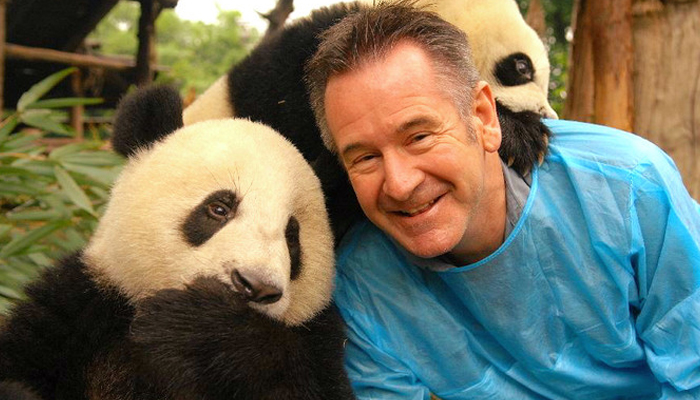
In 2011, the International Research Center for Giant Panda Conservation Biology, jointly established by the Base and the Global Science Foundation, was also established.
In September 2014, the base was awarded the honorary title of "the national advanced group of technical talents". In October 1st, the Dujiangyan panda breeding center was opened to trial.
In April 20, 2015, "panda Valley" was officially opened to the public.

Chengdu Panda Base
-
Mount Tianzhu Scenic Area
Tianzhu Mountain Scenic Spot, located in the west of Qianshan City, Anqing City, Anhui Province, is known as "the first mountain in the Yangtze River and Huaihe River" for its main peak
Views: 150 Time 2018-12-08 -
Legend of White Snake
Legend of White Snake, local traditional folk literature in Zhenjiang City, Jiangsu Province and Hangzhou City, Zhejiang Province, is one of the national intangible cultural heritage.
Views: 179 Time 2018-12-15 -
Peace Hotel Shanghai
Peace Hotel is a landmark building in Shanghai. Located at No. 20 East Nanjing Road, Huangpu District, Shanghai, it is the first modern building in the history of modern architecture in Shanghai
Views: 403 Time 2018-12-16 -
Mandarin Oriental Pudong Shanghai
Mandarin Oriental Hotel Group is an international hotel investment and management group. It owns top luxury hotels and resorts all over the world.
Views: 577 Time 2018-12-16 -
Island Jinshan Temple
Jinshan Temple, located in the northern part of Qingyun County, Dezhou City, Shandong Province, was built in the Sui Dynasty and flourished in the Tang Dynasty. It is said that the island Jinshan Temp
Views: 143 Time 2019-01-13 -
Jinan Paomaling Tourist Area
Shandong Paomaling Scenic Area is located in the southeast of Jinan City, south of the famous mountain in China - Mount Tai, north of the cradle of the Chinese nation
Views: 152 Time 2019-01-21 -
Lingyan Temple in Jinan
Lingyan Temple, built in the Eastern Jin Dynasty, has a history of more than 1600 years. Located in the north foot of Mount Tai in the southwest of Jinan City, Shandong Province
Views: 271 Time 2019-02-03 -
Bazhen Tofu Box
Firstly, the tofu was cut into pieces and fried into crisp skin tofu. Then, eight kinds of raw materials were cooked together with the fried tofu in one pot. There are different opinions about "B
Views: 240 Time 2019-03-27 -
Chun an Triangle Opera
Sanjiao Opera is one of the traditional operas in Hangzhou, Zhejiang Province. Chun'an folk custom is still singing and dancing. Every Spring Festival Lantern Festival, there are Nuo operas
Views: 127 Time 2019-04-22 -
Production Techniques of Dezhou Braised Chicken
Dezhou Grilled Chicken is a kind of poultry meat product cooked slowly in small fire. It is originally produced in Dezhou City, Shandong Province. It is also known as Dezhou Wuxiang Boneless Grilled C
Views: 297 Time 2019-04-26 -
Yuejiaquan
Yuejiaquan is one of the traditional Chinese boxing which has been handed down completely in China. It was founded by Yue Fei, a national hero, according to his own learning and combating with the ene
Views: 184 Time 2019-07-16 -
Zao Bang
Zaobao is one of the traditional local operas in Shandong Province. It is mainly popular in Heze, Yuncheng, Liangshan, Juye, Juye, Juancheng and Dingtao. It developed under the influence of local lang
Views: 255 Time 2019-07-16


